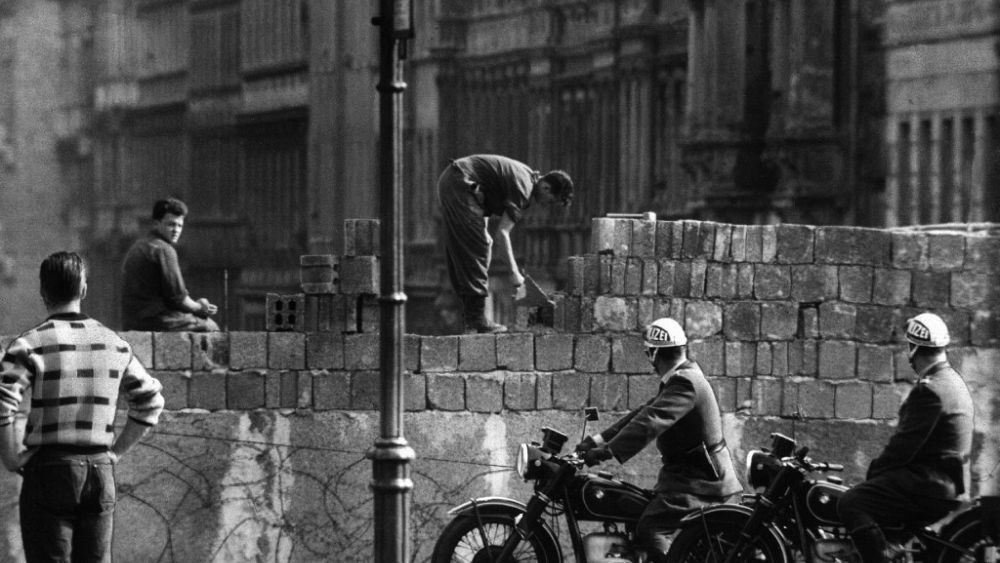
Just before the construction of the Berlin Wall began 60 years ago, Walter Ulbricht, the former leader of East Germany, famously claimed: “nobody has any intention of building a wall”.
Rumours had spread that East Berlin would close its border, but Ulbricht played down the issued at a June 1961 press conference.
When a West German journalist asked whether he believed creating a “free city” required the construction of a state border, Ulbricht said no one planned to build a wall.
For some, his words became the most famous lie of the decade.
Two months later, on August 13, 1961, construction began on the infamous structure. Rail links to the West were cut in East Berlin, roads were torn up and barbed wire was rolled out.
The Berlin Wall started off as a simple barrier made from barbed wire and concrete blocks, but over time it was reinforced and encircled the whole of West Berlin. Its final version was built in 1975 and ran for 150 kilometres.
For decades, the wall kept families apart and became a symbol of German division.
The concrete wall built in 1965 was soon joined by a second wall inside East German territory, which created the so-called death strip between the two walls.
People tried to jump to freedom, over the wall’s 3.6 metres, scrambling through barbed wire and often under gunfire.
At the time, escape was considered treason, and the border guards had orders to shoot at fugitives.
The German government estimates that at least 260 people died trying to breach the wall.
November 9, 1989
If the Wall was built after a lie, it came down almost by accident following an offhand remark by a Communist official at a news conference on November 9, 1989.
Under pressure from nationwide pro-democracy demonstrations, Guenter Schabowski, the ruling Politburo’s spokesman, said restrictions on travel across its border with West Germany would be lifted.
Asked by a reporter when the new regulation would take effect, Schabowski said “immediately, without delay”.
That night, East Berliners were jamming the first crossing to West Berlin, and in a dramatic moment that helped end the Cold War, the armed GDR border guards gave up and let them through.
The wall was breached and then opened.
Chancellor Helmut Kohl embraced former communist East Germany and took on the task of unifying East and West.
Less than a year after the fall of the Wall, German reunification was complete.
Watch the full video report in the player above.